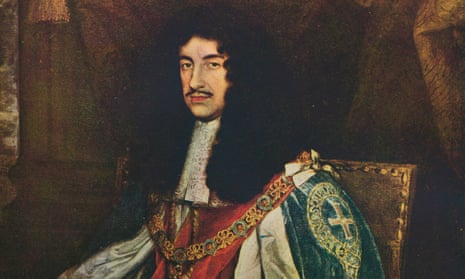An accountant from High Wycombe could become the next baronet of Stichill if the UK’s most senior judges rule in his favour in a legitimacy test case pioneering the use of DNA to prove aristocratic entitlement.
The seven judges of the judicial committee of the privy council will consider on Wednesday whether an affair in a previous generation has tainted the bloodline in an attempt to resolve the family discord.
The unusual dispute over the Scottish baronetcy, created by Charles II in 1683, has been formally referred to the judicial committee by the Queen. The judges are members of the supreme court at Westminster.
The case revolves around legality of the claim to the title by the 10th baronet, Sir Steuart Robert Pringle, formerly Commandant General Royal Marines, who survived an IRA car bomb in 1981 and died in 2013. His title is disputed between his son, Simon Robert Pringle, 56, and a second cousin, Norman Murray Pringle, 74. No land or property are attached to the baronetcy.
Analysis of a DNA sample provided by Sir Steuart indicate d his DNA did not match that of the Pringle lineage. DNA evidence, however, has not previously been used to sort out disagreements over hereditary titles.
A baronetcy is a title granted by the crown; it is not a peerage. Heirs do not succeed automatically on the death of the holder and must provide evidence proving their relationship to the deceased baronet.
Disputed claims used to be referred to a standing committee of the privy council, who then advised the Queen on how cases should be resolved. These rare cases are now referred to the judicial committee of the privy council.
If the seven judges – Lord Neuberger, the supreme court president, Lady Hale, his deputy, and Lords Mance, Clarke, Reed, Hughes and Hodge – decide to admit the DNA evidence, then Norman Murray Pringle, an accountant living in High Wycombe, is likely to inherit the title.
The original 17th century grant to Robert Pringle of Stichill was recorded as ac heredibus masculis de suo corpore, a Latin phrase translating as “and his male heirs from his body”.
The 8th baronet of Stichill, Sir Norman Robert Pringle (1871-1919), was married to Florence Madge Pringle, who gave birth to three sons: Norman Hamilton Pringle (1903); Ronald Steuart Pringle (1905); and James Drummond Pringle (1906).
Norman Hamilton Pringle subsequently assumed the title of the 9th baronet. After his death in 1961, his son, Sir Steuart Robert, became the 10th baronet.
Norman Murray Pringle, the applicant in the proceedings, is descended from the second son of the 8th baronet. The 8th baronet, it is alleged, was not the father of Norman Hamilton Pringle.
